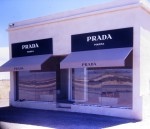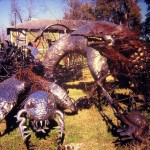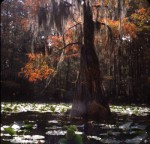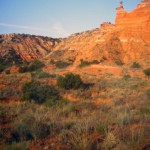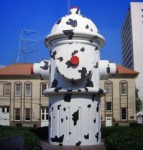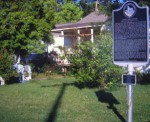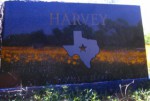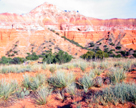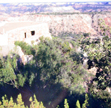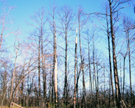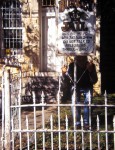 Taken in Burnet, Texas in 2014. This historic jail was built in 1884 of hand-hewn rock. It has an apartment for the sheriff who is also the jailer. On the second floor the county library was founded. The former jail is still being used by one of the county departments. The city of Burnet is nestled in the heart of the Texas Hill Country surrounded by rolling hills, lakes, beautiful geologic formations and historical sites. The historic square features buildings from as early as the 1880’s and offers a variety of unique shops and eateries. Drive in or take the Hill Country Flyer Historic Train (which is what we did) from Cedar Park, located on the edge of Austin. Watch the Burnet Gunfighter’s fight it out at the Old West Town on Saturday and Sunday. Taken with the TL120, available light handheld.
Taken in Burnet, Texas in 2014. This historic jail was built in 1884 of hand-hewn rock. It has an apartment for the sheriff who is also the jailer. On the second floor the county library was founded. The former jail is still being used by one of the county departments. The city of Burnet is nestled in the heart of the Texas Hill Country surrounded by rolling hills, lakes, beautiful geologic formations and historical sites. The historic square features buildings from as early as the 1880’s and offers a variety of unique shops and eateries. Drive in or take the Hill Country Flyer Historic Train (which is what we did) from Cedar Park, located on the edge of Austin. Watch the Burnet Gunfighter’s fight it out at the Old West Town on Saturday and Sunday. Taken with the TL120, available light handheld.

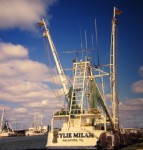
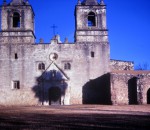 of the most attractive of the San Antonio missions, the church at Concepcion looks essentially as it did more than 200 years ago, when it stood at the center of local religious activity. The mission was well known for its religious celebrations. Not visible today are the colorful geometric designs that originally covered the exterior surface of the mission. Inside, however, are original paintings of religious symbols and architectural designs. These outposts were established by
of the most attractive of the San Antonio missions, the church at Concepcion looks essentially as it did more than 200 years ago, when it stood at the center of local religious activity. The mission was well known for its religious celebrations. Not visible today are the colorful geometric designs that originally covered the exterior surface of the mission. Inside, however, are original paintings of religious symbols and architectural designs. These outposts were established by